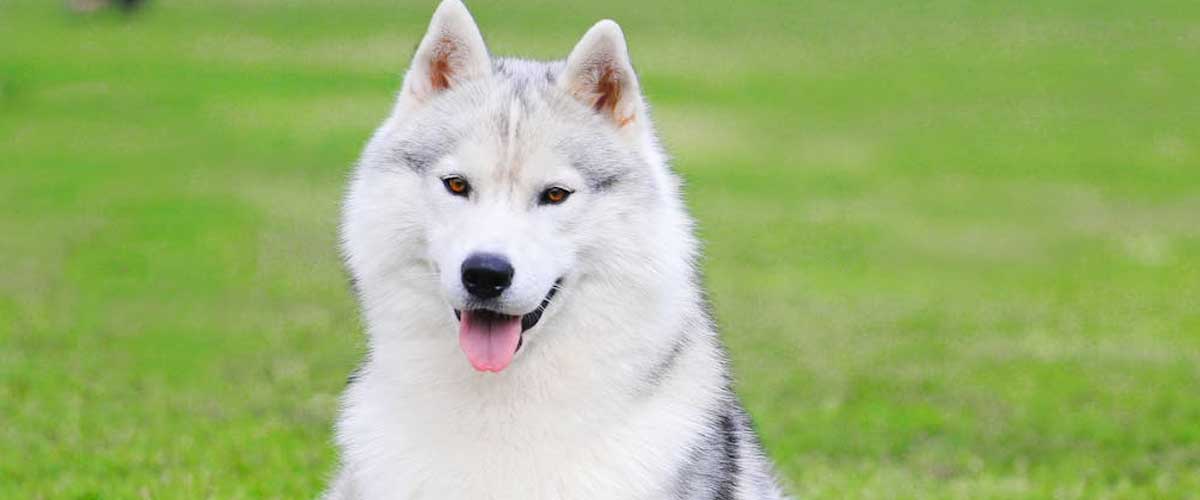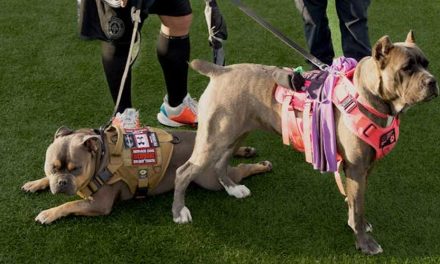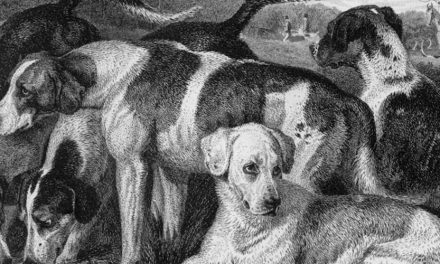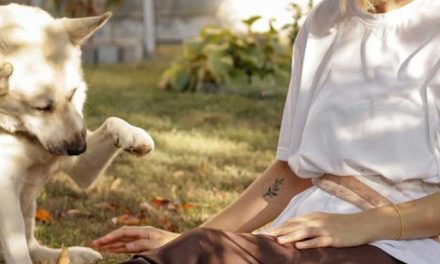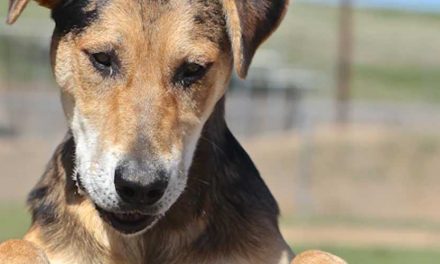Renowned for their stunning appearance and spirited personality, Siberian Huskies are one of the most beloved dog breeds in the world.
Originally bred by the Chukchi people of Siberia for pulling sleds over long distances, these dogs have a rich history and an energetic disposition that makes them unique companions.
History and Origin
Siberian Huskies have their roots in the harsh and demanding environments of Siberia, where they were bred to be endurance sled dogs.
Their ability to thrive in extreme cold while conducting long-distance hauling made them invaluable to the Chukchi people.
In the early 20th century, the breed gained popularity in North America, especially during the Gold Rush, when they were utilized for sled racing.
Physical Characteristics
Huskies are medium-sized dogs with a striking appearance.
They typically weigh between 35-60 pounds and stand about 20-24 inches tall at the shoulder.
One of their most distinguishing features is their thick double coat, which comes in various colors, including black, grey, red, and copper.
Their bright blue or multi-colored eyes add to their captivating look.
Temperament
Siberian Huskies are known for their friendly and outgoing nature.
They are social dogs that thrive on companionship, whether with humans or other animals.
While they are generally good with children and can be affectionate, their independent streak means they require proper training and socialization from an early age.
Huskies are intelligent and energetic, which can result in mischief if they don’t receive adequate mental and physical stimulation.
Exercise Needs
Given their history as sled dogs, Huskies are high-energy animals that require a lot of exercise.
Daily walks, runs, or play sessions in a secure area are essential to keep them happy and healthy.
Without sufficient exercise, their boredom can lead to destructive behaviors, such as digging or chewing furniture.
Training
Training a Siberian Husky can be both rewarding and challenging.
They are intelligent and quick learners, but their independent nature might make them appear stubborn.
Positive reinforcement methods, including treats and praise, tend to be the most effective way to train Huskies.
Consistency and patience are key, and early socialization is crucial to help them develop into well-rounded adults.
Health Considerations
Like all breeds, Siberian Huskies can be prone to certain health issues.
Common concerns include hip dysplasia, eye disorders (like cataracts), and skin conditions. Regular veterinary check-ups, a balanced diet, and an active lifestyle can help ensure your Husky remains healthy and happy.
Conclusion
Siberian Huskies are spirited companions that bring joy, energy, and adventure to their owners’ lives.
Their beautiful appearance and friendly disposition make them a popular choice for dog lovers.
However, potential owners should carefully consider their exercise needs, training requirements, and social nature before bringing one into their home.
With the right environment and care, a Siberian Husky can be a loyal and beloved member of the family for many years.

